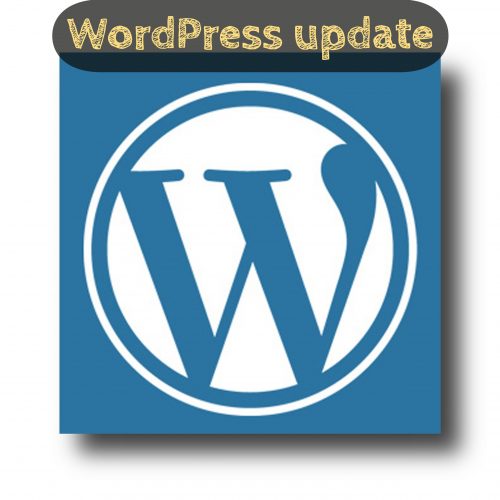As a web professional, you are likely aware that WordPress is used as the principle technology for over 25% of the top 10 million websites (actually now 29% based on the December WordCamp US State of the Word 2017). To better understand the reach of this technology – in the above mentioned State of the Word presentation, it was mentioned there are now over 47,000 plugins and said plugins have been downloaded over 633 million times.

Version 5 coming (Project Gutenberg)
We have recently learned that the next major update (version 5.0) will be based on Project Gutenberg. We understand this will be the most extensive update since version 2.0 of WordPress. As a web professional, it is important you understand the implications of this upgrade (and the potential effects with your clients). These include:
- the default editor is changing from the current TinyMCE editor (and changing significantly). If your clients are editing their own content, you need to either train them on the new editor or make certain you use the classic editor plugin (you might want to try both out to better understand the changes). Note this is beta software at the time of this writing so you do not want to install this on any production WordPress sites.
- although you can presently test Project Gutenberg, it is presently available as a plugin (meaning you may not be able to fully test your current themes and plugins at the moment).
- the new focus will be on conceptual editing (similar to what you may have experienced with LinkedIn Pulse or similar approaches).
- the focus is on “identifying and adding meaning to content using blocks and block contests.” See below for what this means.
Potential business issues
Although the actual arrival date of these enhancements has not yet been formally published, given the scope of these changes, there are issues you need to consider before upgrading. We encourage you to “do your homework” before upgrading. As with most “technical” issues, business problems often arise due to lack of understanding of the implications of the upgrade (both by the web professional and their clients), lack of thorough testing, and lack of proper communication. We encourage all web professionals to consider the business implications of this upgrade:
- you will likely need to communicate with your client these changes are coming. In the past, you may have upgraded sites as part of an annual fee (or at no extra charge). You may want to review that approach with this large a change.
- it is probable that some plugins (possibly other components as well) may not work initially (or not at all). Testing will be paramount before upgrading a production site.
- since you may also have customized the site (whether tweaking a plugin, developing a child theme or any number of other aspects), you will need to thoroughly test the upgrade before deploying it on your client sites.
- you should also make certain you can restore from your current backups (in our opinion, it is not a valid backup unless you have restored from it). Make certain you have a solid recovery plan in the event there are any problems when you do upgrade client sites.
Why upgrade?
Of course, you will want to stay current as WordPress move forward (for security updates and a host of other reasons). There are enhancements which we find very attractive (and look forward to):
- there is a greater emphasis on accessibility (to the point that you will receive notification if there are contrast issues if you change the text and background colors of a block). More and more, accessibility is being baked in to the product and we are definitely supporting these enhancements.
- we understand the concept of viewport is going away. This is one of the main reasons WordPress is migrating to the concept of blocks. We will soon be no longer constrained by devices (such as laptops, tablets and smartphones). Understanding that augmented reality and virtual reality is coming soon, we recognize the need to move from finite views (aka viewports) to infinite views (think augmented reality with a device as you move through a neighborhood). The blocks which will form the base of WordPress will be able to be included anywhere. This opens the door to a host of new possibilities. Which is why this release is touted as being the foundation WordPress plans to build upon for the next decade and beyond.
Given that Project Gutenberg will become WordPress 5 later this year, it is important for web professionals to understand the implications and communicate what is happening with their clients. Here are two additional resources you may find helpful:
- Morten Rand-Hendriksen: Gutenberg and the WordPress of tomorrow (47 minute video from WordCamp US 2017).
- Matias Ventura: Gutenberg, or the Ship of Theseus (a great overview)
For those aspiring web professionals, remember we have a course covering the fundamentals of working with WordPress in our School of Web learning management system. Members have access to one free course as part of their membership.
What are you doing to prepare for Project Gutenberg? We look forward to a conversation via the comments below.
Best always,
Mark DuBois
Community Evangelist and Executive Director
